The Anatomy of a Lens
Authors: Kyle Firestone,Nicholas Sischka,Lisa Tsang,
This is Section 1.1 of the Imaging Resource Guide.
An imaging lens is also known as a machine vision lens, objective lens or objective, or just simply as a lens. For simplicity, imaging lens will be reduced to just lens in following sections.

Figure 1: Diagram of a lens.
The following terms explain each of the characteristic parts of an imaging lens and relate these terms to fundamental properties of imaging systems found in the next section.
- Focus Adjustment Ring: Turning this changes the location where the lens focuses best. The distance from the first surface to the object is called the working distance.
- Iris/Aperture Adjustment Ring: Turning this changes the size of the aperture stop inside the lens, and thus the F-number (f/#). In addition to controlling the overall amount of light that is able to pass through the lens, f/# has many other critical effects on lens performance.
- Thumbscrews: Used to temporarily lock the focus and/or iris in place to prevent unwanted adjustments.
- Lens Information: The lens information marked on the barrel of the lens and typically gives the focal length, minimum f/#, part number, and lens manufacturer.
- Working Distance Range: This is the specified working distance range over which the lens can focus. This is sometimes referred to as object distance range.
- f/# Tick Marks: Marks on the lens barrel that designate where to turn the aperture adjustment ring to operate the lens at a specific f/#.
- Filter Thread: This is where a machine vision filters can be threaded if the first element does not protrude from the lens barrel. If the first element protrudes past the lens barrel, or if the lens is a wide-angle lens, an additional adapter may be necessary.
- Camera Mount: This is where the lens is threaded or mounted onto the camera. Typical mounts are the C-Mount, F-Mount, TFL- Mount, and S-Mount. For more information, read Lens Mounts.
- Rear Protrusion: This is the distance past the lens shoulder that the lens protrudes into the camera. Care should be taken to avoid interference with IR-cut filters or electronics inside the camera mount.
- First Surface: The first surface can either be the first optical lens element, seen protruding from the lens barrel, or the lens barrel itself. The working distance is defined as the distance from this surface to the object.
- Last Surface: The last surface can either be the last optical lens before the sensor or the lens mount itself.
- Lens Shoulder: This is the surface of the lens that contacts the camera flange.
- Overall Length: The overall length of the lens is the distance from the first surface to the lens shoulder. Typically, the camera mount is not included since it will be attached to the camera.
- Flange Distance: Distance from the mounting shoulder to the image plane. This distance is typically standardized between the lens and camera for the various mount types to ensure compatibility.
- Image Plane: Location where the lens forms an image, typically the camera sensor.













 Previous Section
Previous Section 




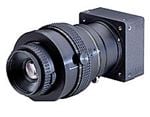












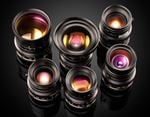





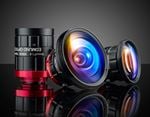

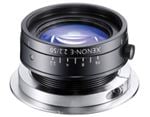

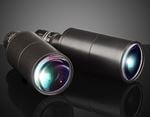

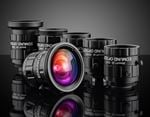
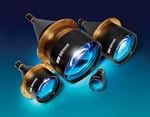
























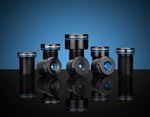


















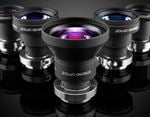


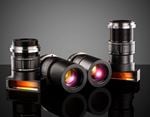



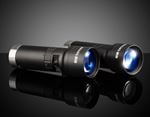




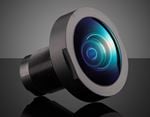



or view regional numbers
QUOTE TOOL
enter stock numbers to begin
Copyright 2024, Edmund Optics Singapore Pte. Ltd, 18 Woodlands Loop #04-00, Singapore 738100
California Consumer Privacy Acts (CCPA): Do Not Sell or Share My Personal Information
California Transparency in Supply Chains Act